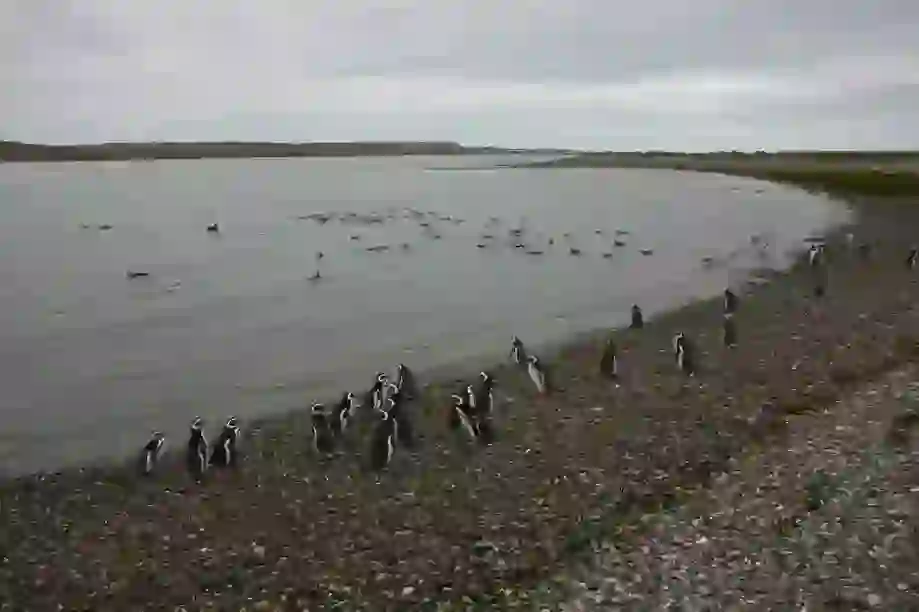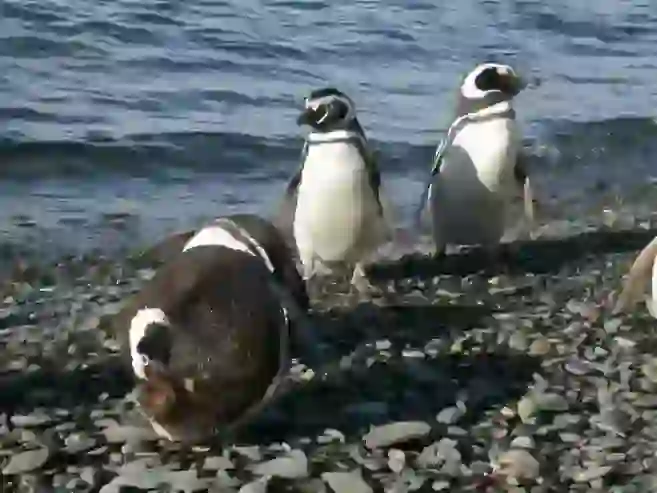
Magellanic Penguin
Magellanic Penguin
Magellanic Penguin
This page introduces the 'Magellanic Penguin'. Perhaps you are more familiar with the name 'Magellan Penguin', which is an alternative name for it. It is said that the famous historical figure Magellan is connected to this name! What is this secret? What kind of life does the Magellanic Penguin typically lead? Let's take a sneak peek!
Magellanic Penguin Basic Infomation

Order: Sphenisciformes, Family: Spheniscidae, Genus: Spheniscus
Height: Approximately 70 cm
Male Weight: 4.6 kg, Female Weight: 4.0 kg
Male Beak Length: 19.5 cm, Female Beak Length: 18.6 cm
The Magellanic Penguin, also known as the Magellan Penguin, will be referred to as 'Magellanic Penguin' throughout this page.
The appearance of the Magellanic Penguin features a black top from the crown to the back and a belly side composed of black and white feathers, with two black bands around the neck. The area around the eyes is featherless and thus appears pink. The beak is thick and black, and the feet are also completely black. Males and females look very similar, making them hard to distinguish, though males are generally larger.
Similar to the African Penguin and the Humboldt Penguin in appearance, a simple way to distinguish them is by the neck band: a single band and a completely black base of the beak indicate an African Penguin, while a pink base suggests a Humboldt Penguin.
Magellanic Penguins arrive on the Atlantic coast of South America and places like Punta Tombo around September to October to start nesting and forming colonies. They dig into the ground or under vegetation, using twigs and grass as a cushion. Males arrive slightly earlier than females, who start mating after finding a preferred partner, forming strong pair bonds.
Females typically lay two eggs, and both parents take turns incubating. The total incubation period lasts 39-42 days, leading to the hatching of chicks. After hatching, chicks are brooded by their parents for about 29 days and are fed every 1-3 days until they become independent. Unlike other penguins, Magellanic Penguins rarely form crèches (nurseries) for chicks.
After about 70 days, chicks grow to the size of adults and are ready to leave the nest. Initially covered in fluffy down, they gradually shed this as adult feathers grow in, including the distinctive eye markings that change from black to pink as they mature.
Magellanic Penguin Q&A

What is the origin of the Magellanic Penguin's name?
The alternative name 'Magellan Penguin' comes from the explorer Magellan, who encountered these penguins during his circumnavigation of the world. When he passed the southern tip of South America, he discovered the penguin that is now called the Magellanic Penguin.
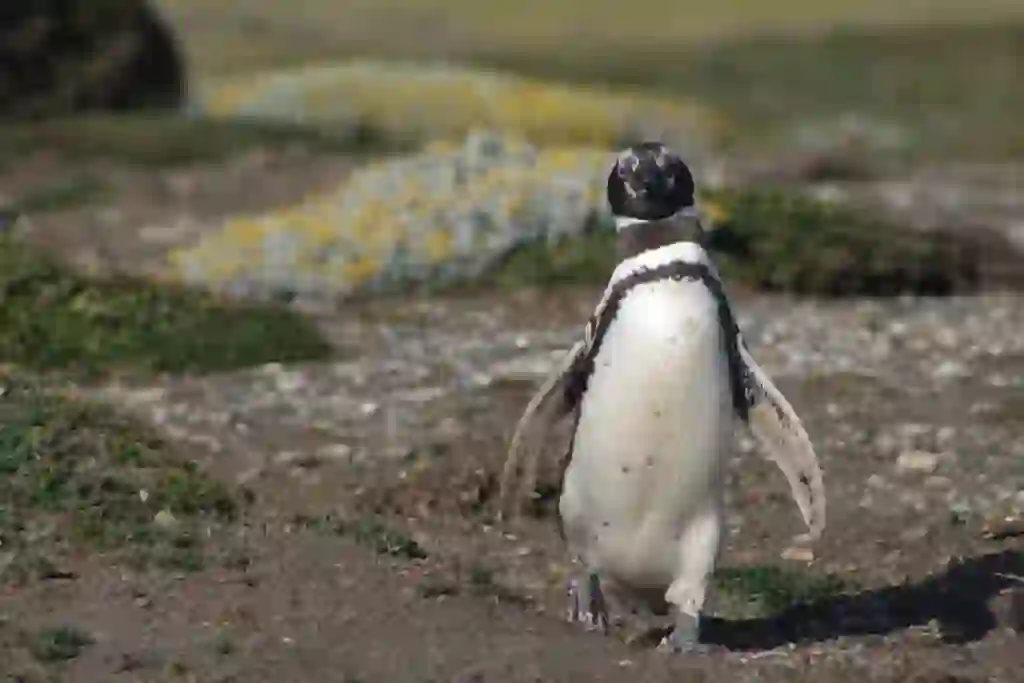
Why does the Magellanic Penguin live there?
Magellanic Penguins primarily breed and raise their young along the Atlantic and Pacific coasts of South America, including significant sites like Punta Tombo and Cabo Virgenes in Argentina. While it's not entirely clear why they favor these locations, it's likely due to the abundance of squid, octopus, and other prey in the surrounding waters, which supports their feeding needs.

What does the Magellanic Penguin eat?
Magellanic Penguins dive into the ocean to feed on squid, octopus, and small fish such as sardines. Chicks are fed regurgitated fish by their parents.
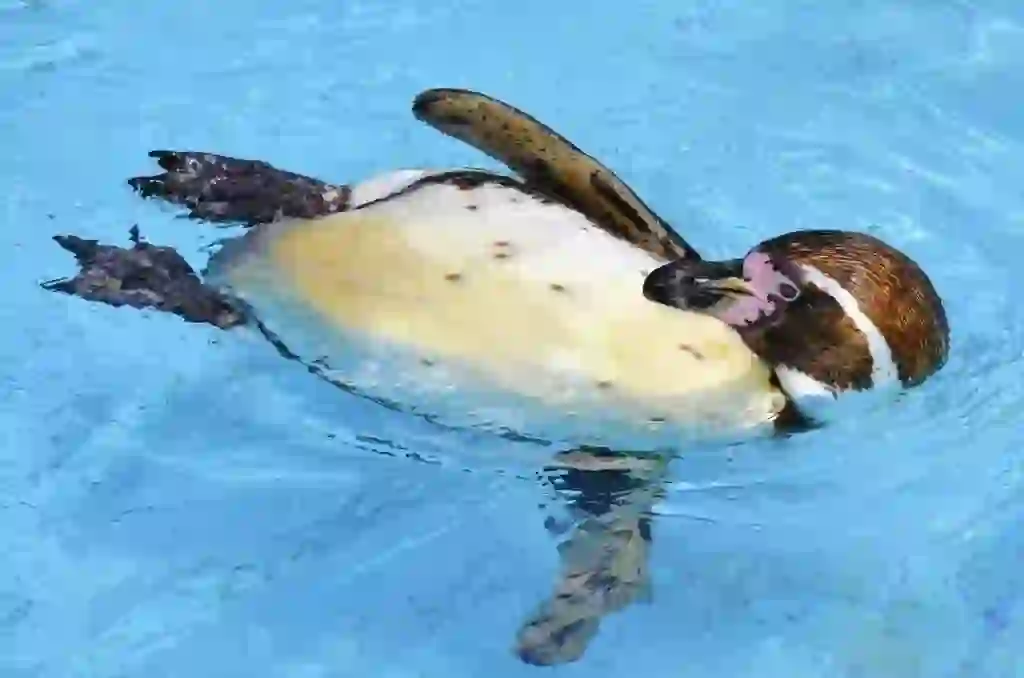
Is it true that the Magellanic Penguin's call sounds like a donkey?
Yes, it's true. This is why Magellanic Penguins are sometimes called 'Jackass Penguins'. The term 'jackass' refers to a male donkey, and the penguin's call resembles the braying of a donkey. This nickname is also used for other species with similar calls, such as the African Penguin and the Humboldt Penguin.
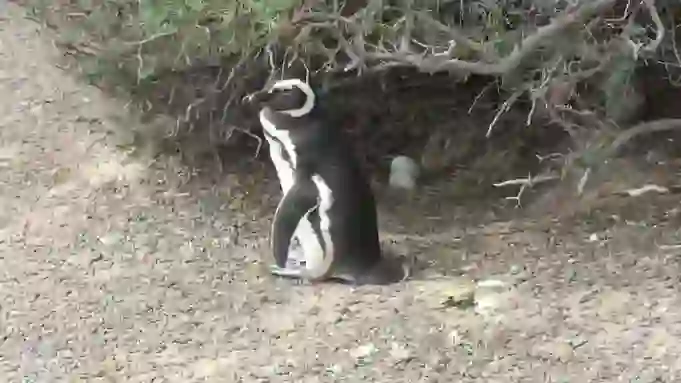
I want to know more about the personality of Magellanic Penguins!
Magellanic Penguins can be described as aggressive. They are very cautious and have a strong survival instinct, often biting if they feel threatened. Despite their size, they are not intimidated by humans.
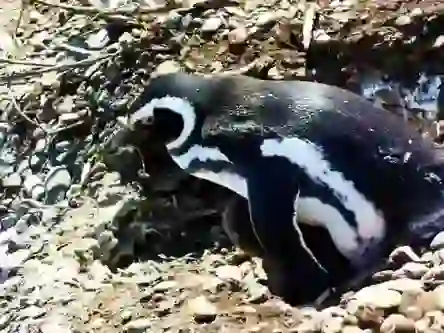
Where can I see Magellanic Penguins?
In Japan, Magellanic Penguins can be seen in many locations. As of November 2021, they are housed in places like the Sendai Uminomori Aquarium, Utsunomiya Zoo, Ichihara Elephant Kingdom, Yamanashi Kofu City Yuki Park Zoo, Yokohama Hakkeijima Sea Paradise, Shinagawa Aquarium, Sumida Aquarium, Joetsu City Aquarium Umitamago, Teradomari Aquarium, Ishikawa Zoo, Notojima Aquarium, Himeji City Zoo, Tango Umi Jigoku Marine Aquarium, Suma Aqualife Park, Okayama Ikeda Zoo, and Oita Marine Palace Aquarium 'Umitamago'.

Does the Magellanic Penguin have any natural predators?
Natural predators of the Magellanic Penguin include the Magellanic Skua and South American Sea Lion. However, humans may pose the greatest threat through activities that disrupt their habitats or pollution. Magellanic Penguins are currently classified as 'Near Threatened' by the IUCN due to overfishing, which reduces their food supply, oil spills, and climate change, which affects their breeding habitats.
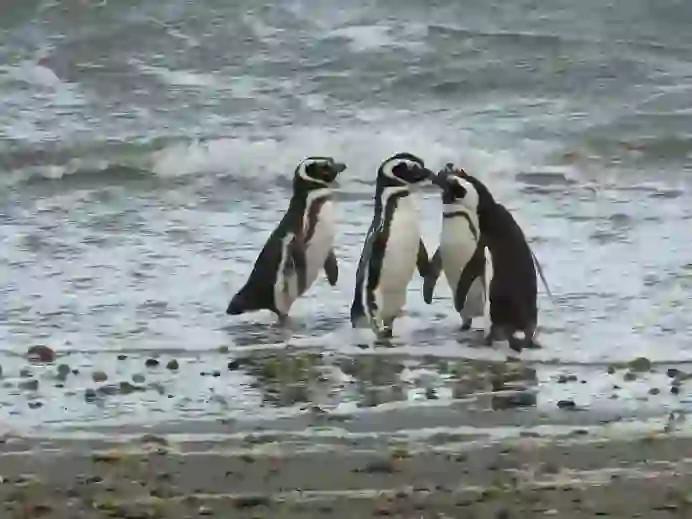
What is the lifespan of the Magellanic Penguin?
Magellanic Penguins can live up to about 18 years in the wild, facing numerous challenges throughout their lives.

Would you like to become a part of the 'Animalbook.jp'?
Turn your knowledge into Q&A and share it with the world. ※Publication will be activated after purchase. Let's share information together!
Magellanic Penguin Type of List

- Magellanic Penguin
Information
Congratulations! You are the first commenter!

Create Your Favorite List!
Magellanic Penguin
Save the animals you love! Build your own list to quickly revisit your favorites later.

Would you like to leave a comment?
※Please note: This is for the purchase of rights to post comments within the article.
Find Your Favorites!
Our shop offers a unique and attractive selection of goods themed around various animals.
Magellanic Penguin References
Magellanic Penguin Introduction of media used

出典:https://pixabay.com/images/id-1388501/

出典:https://unsplash.com/photos/U6AAQyYjqEU

出典:https://pixabay.com/images/id-1385647/

出典:https://pixabay.com/images/id-675814/
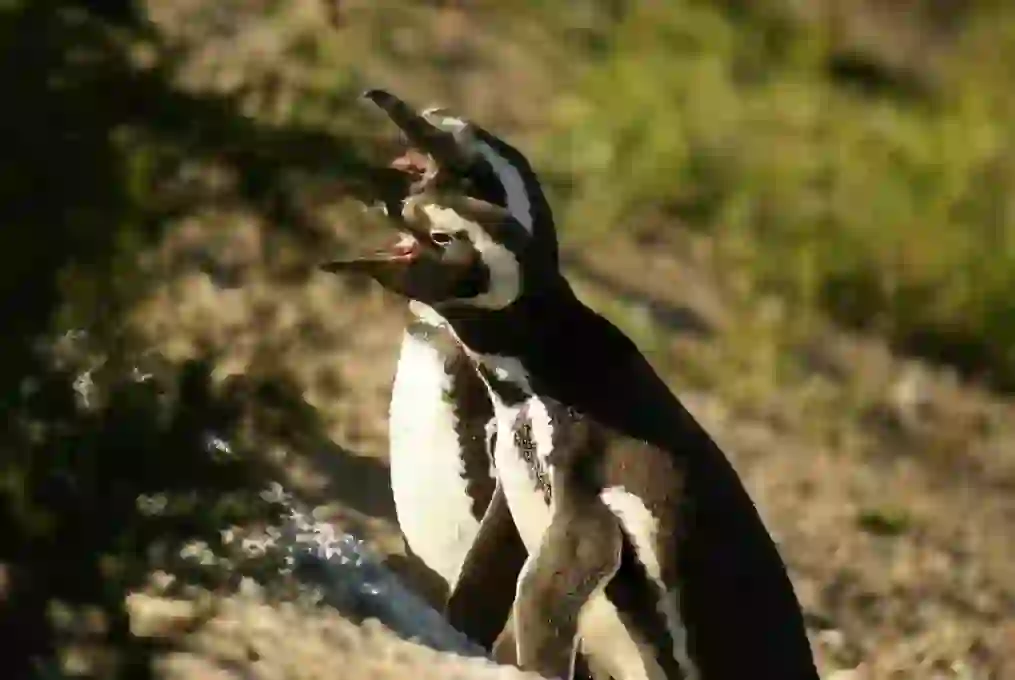
出典:https://commons.wikimedia.org/wiki/File:Familia de pingüinos.JPG

出典:https://commons.wikimedia.org/wiki/File:Familia y Pingüinos.jpg

出典:https://commons.wikimedia.org/wiki/File:Pinguinos.png

enemy
出典:https://commons.wikimedia.org/wiki/File:Dolphin Gull – Leucophaeus scoresbii.jpg

enemy
出典:https://commons.wikimedia.org/wiki/File:Otaria flavescens male and young Offing 02.jpg

出典:https://pixabay.com/images/id-6555006/
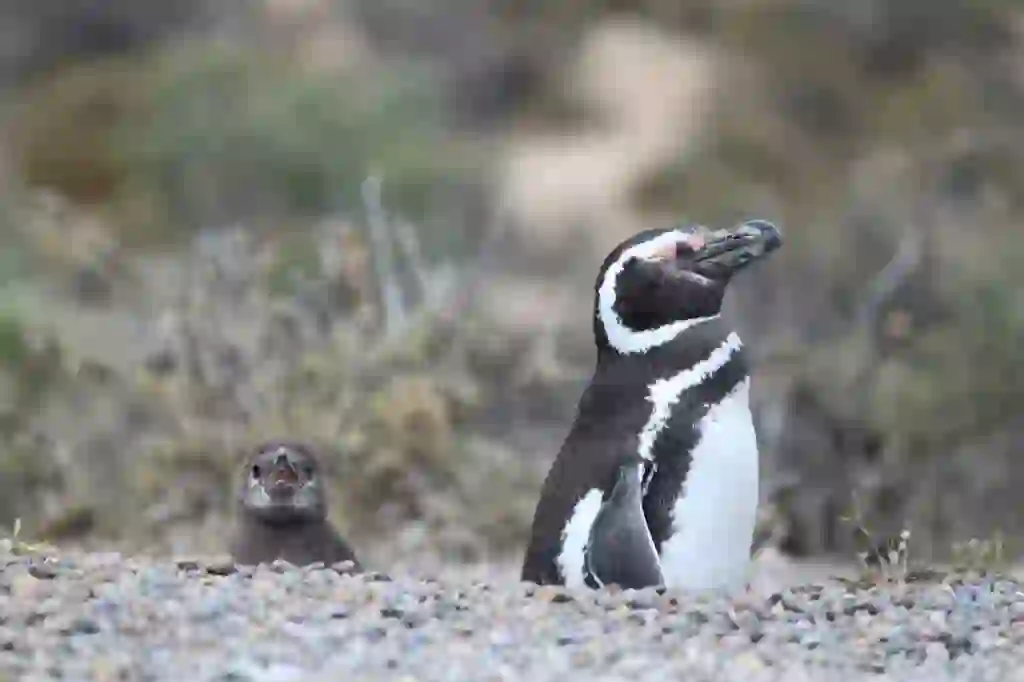
出典:https://pixabay.com/images/id-6555003/

Help Enrich Our Animalbook.jp with Your Media!
We are constantly looking to expand and enrich our Animalbook.jp with amazing photos and videos of animals. If you have any media that you'd like to share, please contribute and help us showcase the beauty and diversity of the animal kingdom. Your submissions will be credited and featured in our encyclopedia, reaching a wide audience of animal lovers.
















